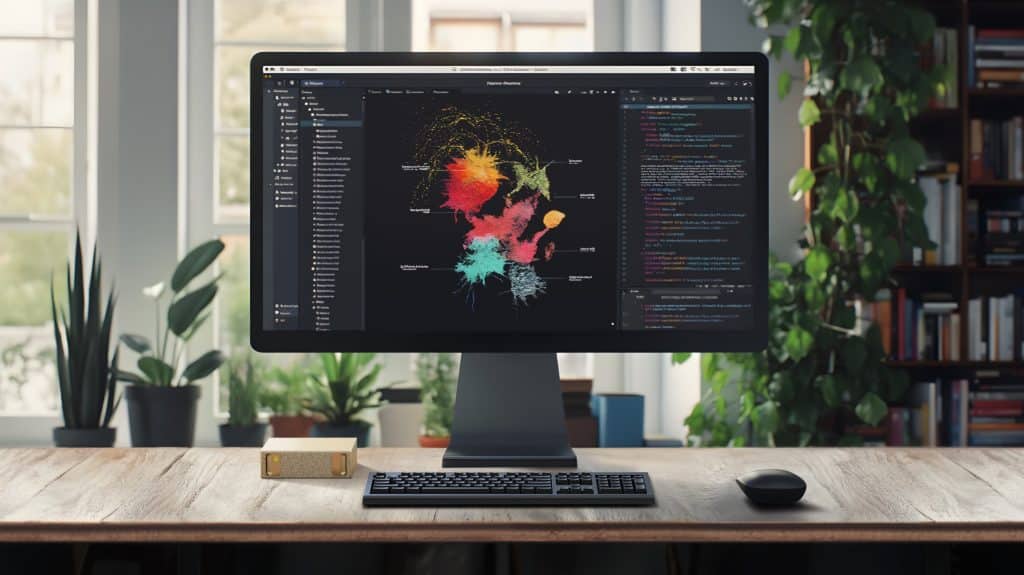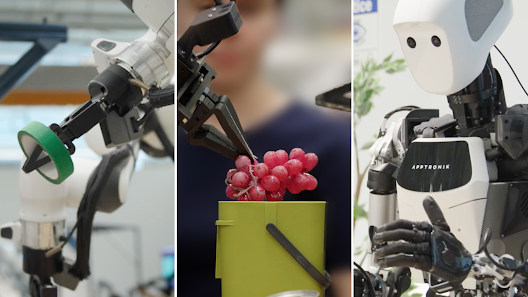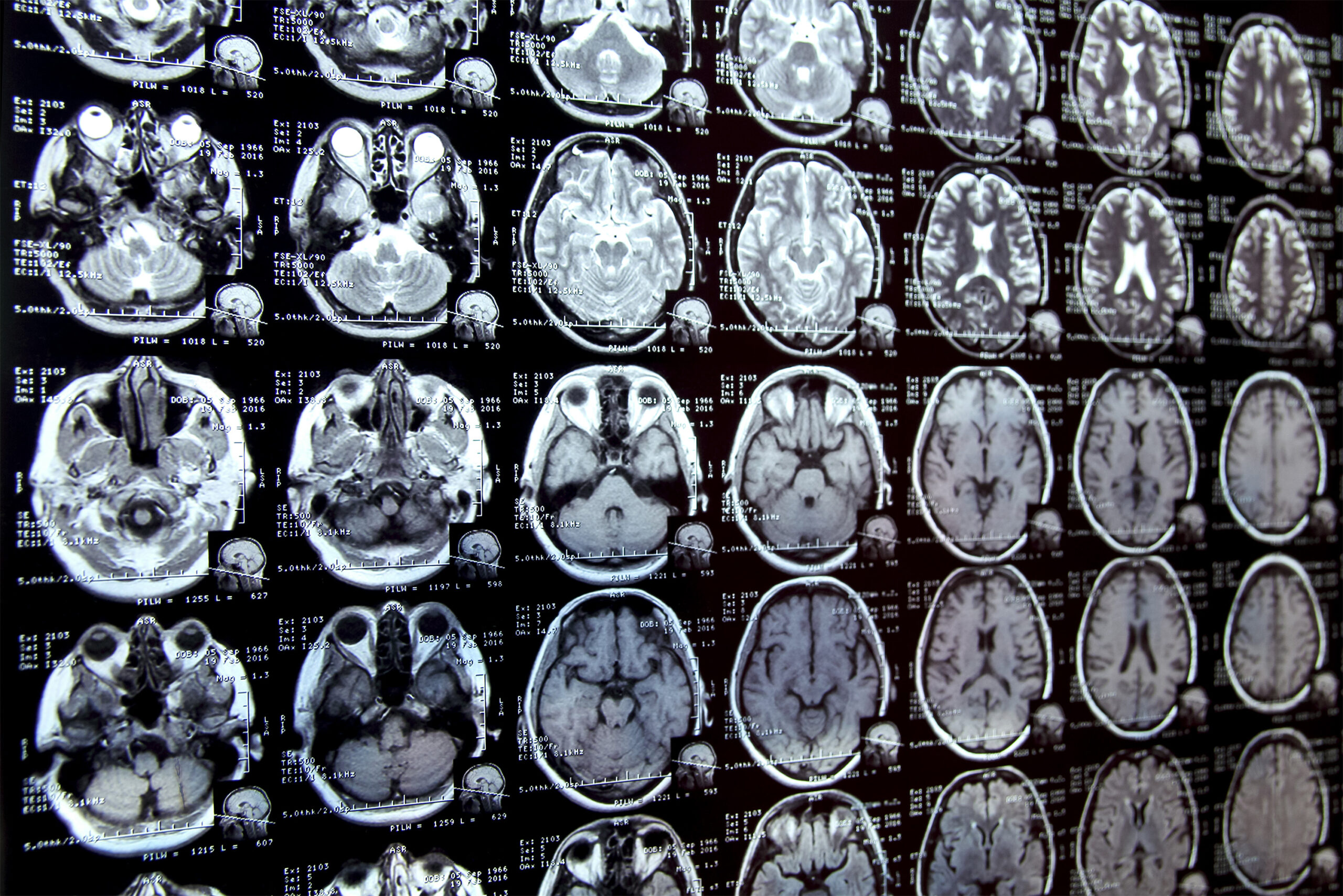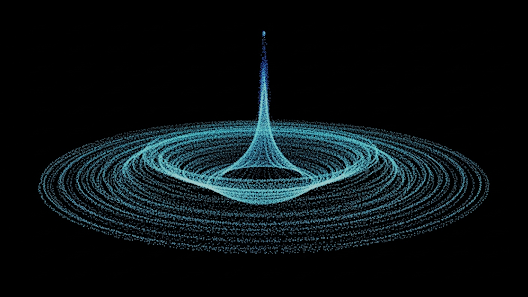NVIDIA Sets a New Standard for AI at CES 2025
NVIDIA took the spotlight at CES 2025, unveiling a series of groundbreaking advancements that are poised to revolutionize artificial intelligence in gaming, robotics, autonomous vehicles, and more. CEO Jensen Huang shared the company’s vision for the next era of AI, describing it as the dawn of ‘physical AI’—an evolution where AI doesn’t just perceive and create but also reasons, plans, and acts.
Introducing the GeForce RTX 50 Series
Among the most anticipated announcements was the launch of NVIDIA’s GeForce RTX 50 Series, built on the cutting-edge Blackwell architecture. The flagship RTX 5090 GPU boasts an impressive 92 billion transistors and a staggering 3,352 trillion AI operations per second (TOPS), solidifying its position as the most powerful consumer GPU to date.
Huang referred to the GPU as “a beast,” highlighting its dual cooling fans and AI-driven real-time graphics capabilities. With a staggered release schedule starting in January 2025, the RTX 50 Series also introduces DLSS 4, a revolutionary ‘Multi-Frame Generation’ technology that boosts gaming performance up to eightfold.
Cosmos: A New Era for General Robotics
NVIDIA unveiled its Cosmos platform, a transformative tool for robotics, industrial AI, and autonomous vehicles. Cosmos integrates generative models, tokenizers, and video processing frameworks to enable robots and vehicles to simulate outcomes and predict optimal actions. Huang described it as the “ChatGPT moment for robotics.”
Early adopters such as XPENG and Hyundai Motor Group are leveraging Cosmos to enhance AV capabilities. The platform’s ability to generate realistic virtual environments is a game-changer in overcoming data scarcity, a common challenge in robotics development.
If you’re intrigued by how NVIDIA’s Cosmos is revolutionizing real-world simulations in robotics, read more about it in NVIDIA’s Cosmos AI Revolutionizes Robotics with Real-World Simulation.
Empowering Developers with AI Blueprints
To support developers, NVIDIA introduced AI Blueprints—pre-configured tools for building AI agents tailored to enterprise needs such as fraud detection and content creation. These Blueprints are open-source, offering flexibility for customization.
Additionally, the launch of Llama Nemotron provides developers with a robust framework to deploy AI agents efficiently. NVIDIA’s commitment to open models ensures accessibility and adaptability across industries.
Transforming Autonomous Vehicles with DRIVE Hyperion
In the automotive sector, NVIDIA’s DRIVE Hyperion platform, powered by the new AGX Thor SoC, is setting new benchmarks for safety and functionality in autonomous vehicles. By combining DGX, Omniverse, and DRIVE AGX technologies, the platform accelerates the development of AVs with enhanced synthetic data generation.
Automotive giants like Toyota and Mercedes-Benz are already integrating NVIDIA’s solutions to develop next-generation autonomous systems.
Project DIGITS: Compact AI Supercomputing
Huang concluded the keynote with the introduction of Project DIGITS, a portable AI supercomputer powered by the GB10 Grace Blackwell Superchip. Despite its compact size, the supercomputer delivers unparalleled AI training and deployment capabilities, making advanced AI tools accessible to individuals and small organizations alike.
Looking Ahead
Reflecting on NVIDIA’s journey since the invention of the programmable GPU in 1999, Huang emphasized the transformative impact of AI across industries. From gaming to robotics and autonomous vehicles, NVIDIA’s innovations continue to push boundaries, heralding a future filled with endless possibilities.
As the AI landscape evolves, NVIDIA’s leadership ensures that the next wave of breakthroughs is closer than ever, reshaping industries and redefining what technology can achieve.







